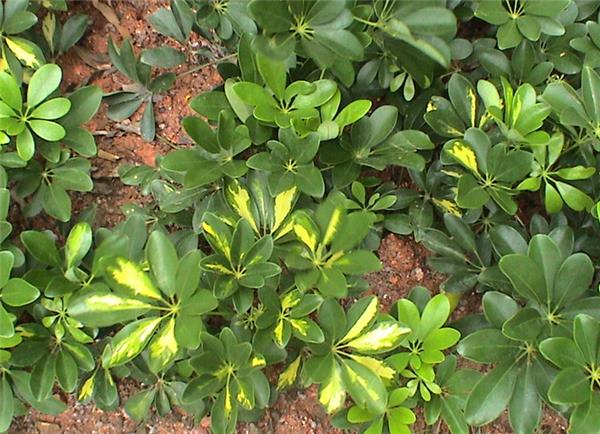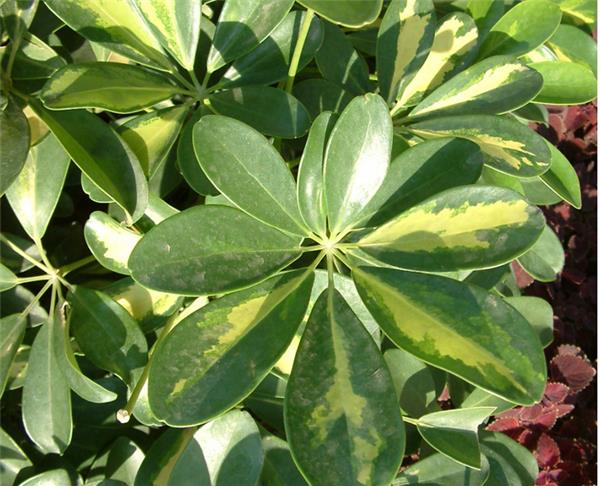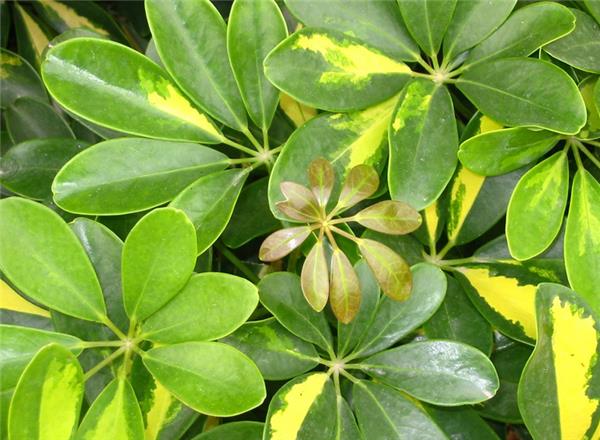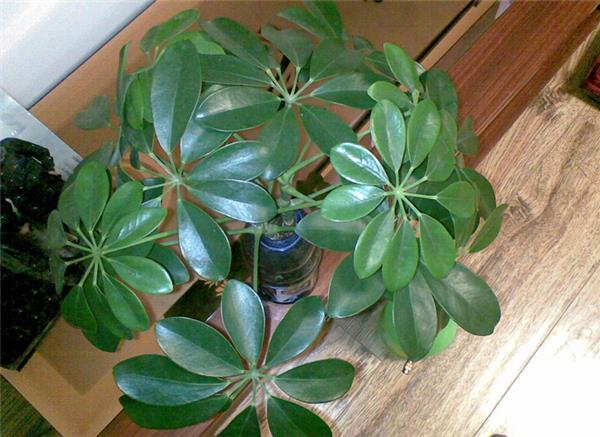How to reproduce duck palm wood
How does duck palm wood reproduce? What are the breeding methods of duck palm wood? Friends who want to know might as well take a look at the following introduction!

How to reproduce duck palm wood
1. Duck paw wood cuttings are inserted and propagated.
From April to September. One-year-old apical branches were cut, 8-10 cm long, the lower leaves were removed, inserted in the sand bed, kept moist, room temperature was about 25 ℃, and rooting could take place after 30-40 days. Sowing and propagation: indoor pot sowing was used from April to May, the optimum temperature for germination was 20: 25 ℃, the basin soil was kept moist, and germinated 15-20 days after sowing. The height of the seedling is 5 to 8 meters and the rice pot is moved to 4 meters.
Potted goose palm wood is often used for 15-20 cm pots, with broken tiles or bricks at the bottom to facilitate drainage. Fertilize once every semimonthly during the growing period or use "Huiyou" 20Mel 8Mel 20 with high potassium nitrate fertilizer for four seasons. 70% shading net is needed for shading in summer and no shading in winter. When sprouting and growing branches, attention should be paid to shaping and pruning. The young plants were cut sparsely and lightly, mainly in shape. When the size of the old plant is too large, the re-cutting adjustment is carried out. The young plants change pots every spring, and the adult plants change pots every two years.

2. Sowing and propagation of duck palm wood:
Sowing in spring and keeping the basin soil moist. Under the condition of 20: 25 ℃, seedlings emerged in 2-3 weeks. The seedlings were transplanted once when the 5~7cm was high, and could be planted the following year. The cuttings were also carried out in spring. The annual branches 8~10cm were cut, the lower leaves were removed, and inserted into the bed soil made of river sand or vermiculite to keep warm and moisturized. Rooting took place at 4-6 weeks at 25 ℃.
Domestic reproduction of goose palm wood substrate propagation, rapid propagation. The planting time should be in the late spring and early summer, generally at room temperature: 15 ℃ at night and 25 ℃ in the daytime, which is the most suitable growth temperature after planting.
The choice of cuttings: from the mother plant that has been growing for several years, cut the annual branches 6 to 8 centimeters, or combined with changing pots and re-cutting in spring, the cut branches are used as cutting materials. Remove the inserted leaves and insert them into a 15-20 meter plastic flowerpot with a diameter of 15 to 20 meters in a pre-soaked perlite matrix, with a tray at the bottom to receive exudate. Planting 3 plants or individual plants in each pot can take root about one and a half months after insertion, and keep it moist with regular irrigation after insertion. Put it in the indoor weak light place after insertion, strengthen the fertilizer and water management, pour the nutrient solution after taking root, and replenish the liquid once a week in the basin, 100ml each time.

In addition, the breeding methods of duck palm wood include all-light fog insertion propagation and high branch striping propagation.
All-light fog is inserted and propagated. Making use of the plant growing season, a small environment with high humidity is artificially created to enable plants to reproduce quickly and asexually under the condition of high temperature and high humidity. First of all, lay a layer of brick at the bottom of the pond, on which the sterilized river sand is 30 centimeters thick. Secondly, the cuttings were selected to grow 8 cm in length, the lower leaves were removed, 1000 mg / kg of abt rooting powder was dipped in the root for 20 minutes, and the cuttings were inserted into Chi Sha 1max 2. It is best to insert in the afternoon, spray at 8-17:00 in the first two weeks, with an interval of 3 minutes, and stop spraying at night; the third and fourth interval is 7-8 minutes; the interval after the fifth week is kept at 10 minutes, by which time it has taken root (in case of low temperature or rainy weather, the rooting time may be relatively late). After the roots of the seedlings are strong and strong, they can be planted separately.
High branches are propagated by striping. Can be carried out from late April to mid-June. Select 2-year-old branches, first circular peeling, 1-1.5 cm wide, deep green cambium is appropriate, with wet moss or mature cow dung and pastoral soil (1 ∶ 1) or rotten leaf soil around the wound, and finally wrapped with plastic film and tied up the upper and lower ends. It takes about 40 days to take root, which is labor-consuming and time-consuming, but the root system is good, the survival rate is high, and it is helpful for plant shaping and pruning.

This is the end of the introduction on how to breed duck palm wood today. I hope the above content will be explained to you!
Related
- Wuhan Hospital Iron Tree Blooming Result Was Instantly Frightened by the Gardener Master
- Which variety of camellia is the most fragrant and best? Which one do you like best?
- What is the small blue coat, the breeding methods and matters needing attention of the succulent plant
- Dormancy time and maintenance management of succulent plants during dormancy
- Minas succulent how to raise, Minas succulent plant pictures
- What are the varieties of winter succulent plants
- How to raise succulent plants in twelve rolls? let's take a look at some experience of breeding twelve rolls.
- Attention should be paid to water control for succulent plants during dormant period (winter and summer)
- Watering experience of twelve rolls of succulent plants
- Techniques for fertilizing succulent plants. An article will let you know how to fertilize succulent plants.



